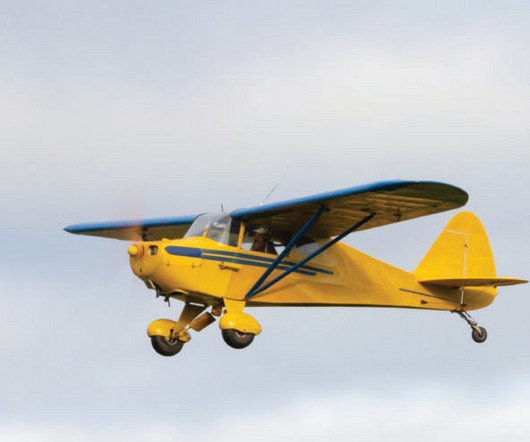Step-by-Step Guide: How to Land a Piper Seminole Safely
Pilot's Life Blog
JANUARY 5, 2025
This configuration provides the necessary power for both climb and cruise, while also offering valuable training for managing asymmetric thrust in the event of an engine-out situation. Review current weather conditions, including wind speed, direction, and visibility, as these can significantly impact the approach.










Let's personalize your content